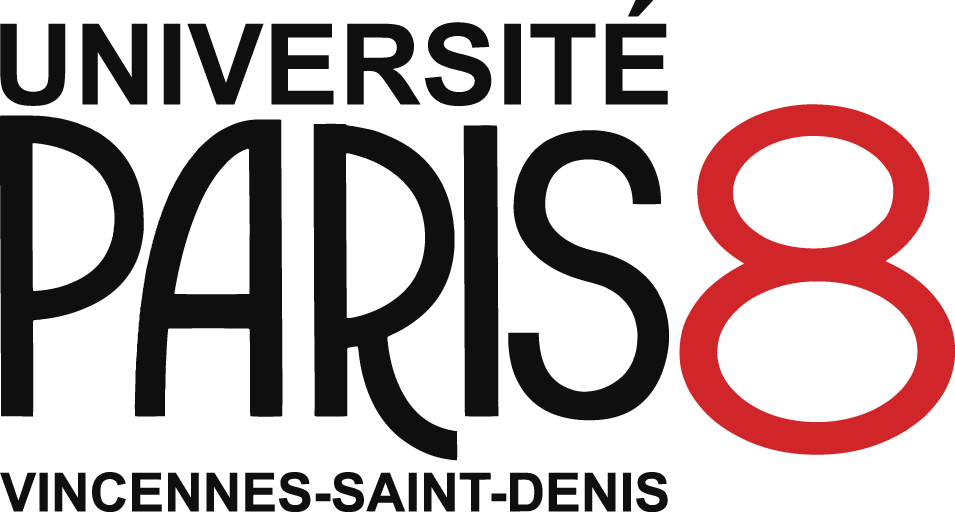Methods for studying the acquisition of a new language under controlled input conditions: The VILLA project
Résumé
he VILLA project ("Varieties of Initial Learners in Language Acquisition: Controlled classroom input and elementary forms of linguistic organisation") studies the very first phases of the process of language acquisition and estab- lishes a tight link between learners' achievements in different domains of lin- guistic knowledge and the input they received. Novice adult and child learners with five different native languages (Dutch, English, French, German, Italian) were exposed to fourteen hours of input in Polish that was provided in a com- municative classroom setting. Whereas the exposure conditions and the content of the input were kept constant for all learner groups, the age of the learners and the amount of metalinguistic information provided was varied between groups. Acquisition of different target language properties (phonology, morpho-syntax, discourse-pragmatics) was observed longitudinally through a series of tasks and experiments repeated over time. The paper presents the methodological set-up of the project and summarizes first results.
